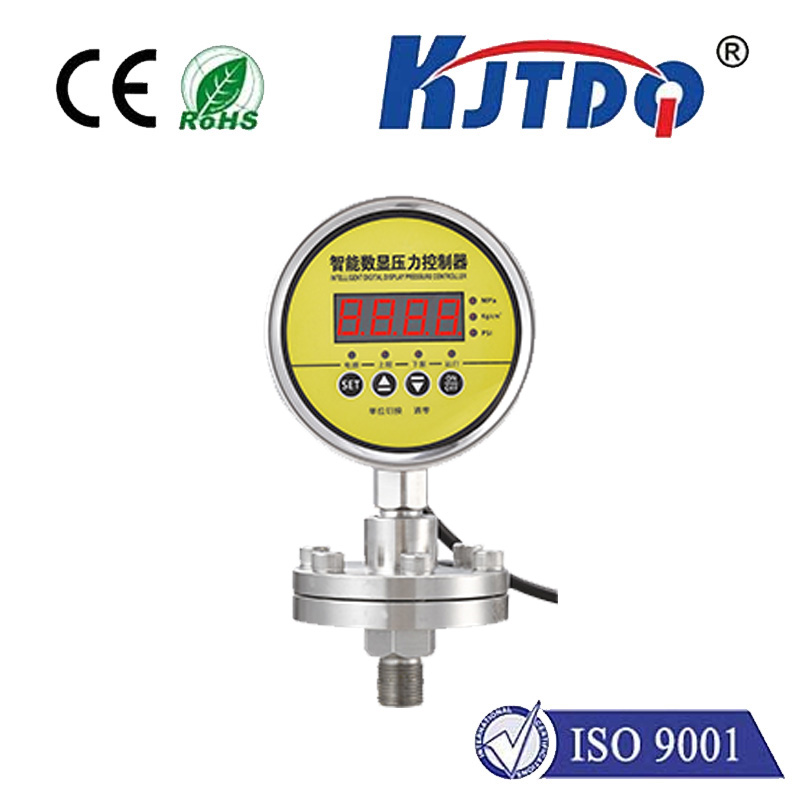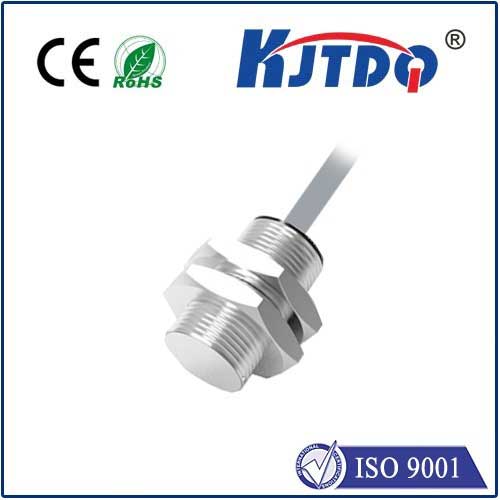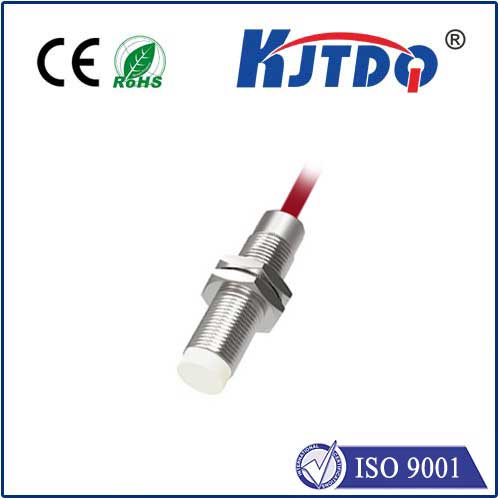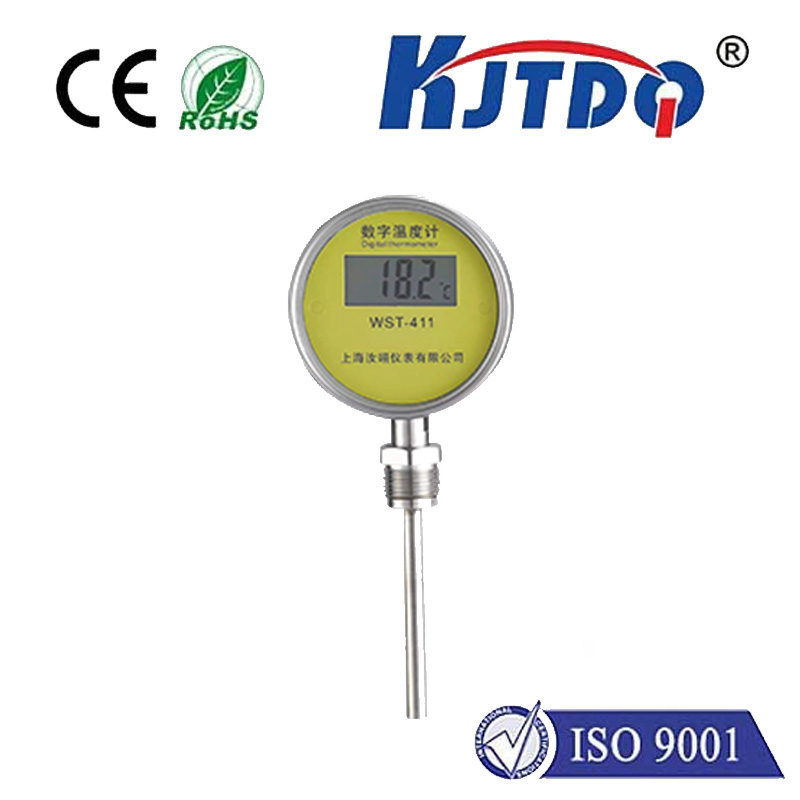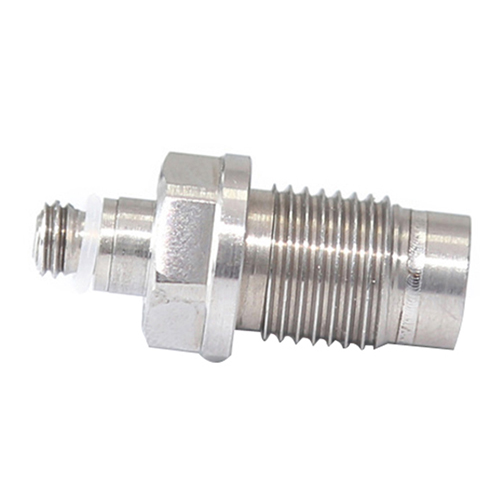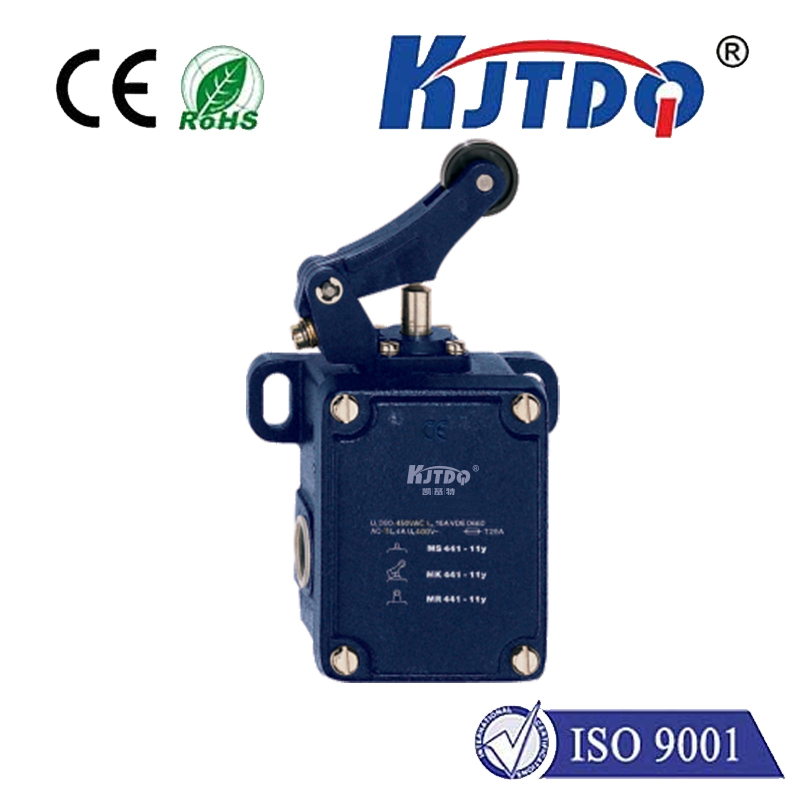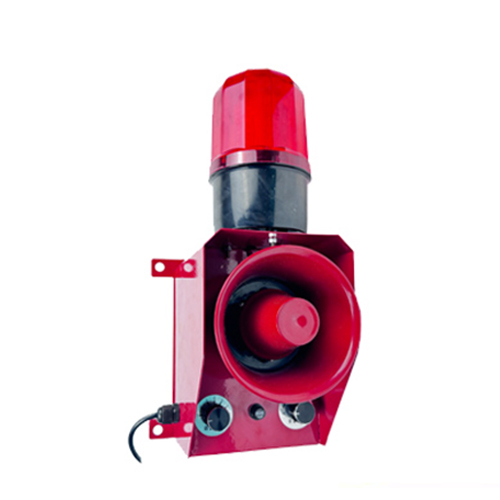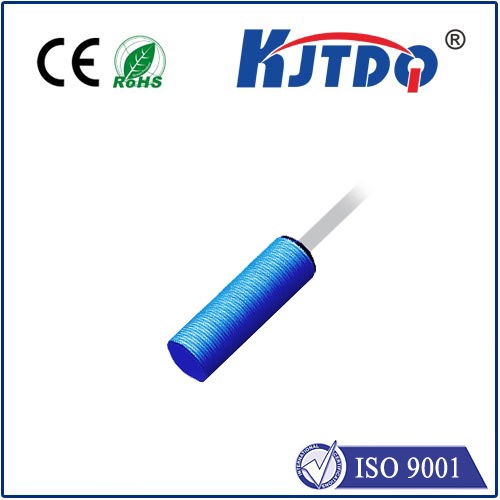temperature meter with sensor
- time:2025-08-25 01:54:18
- Click:0
The Essential Guide to Temperature Meters with Sensors: Precision Measurement Tools Explained
Have you ever wondered precisely how hot your car engine runs under stress, if your industrial furnace is maintaining the perfect thermal profile, or even if your homebrew beer is fermenting at the optimal temperature? The unsung hero behind answering these critical questions is often a reliable temperature meter with sensor. These indispensable tools transform the invisible world of heat energy into clear, quantifiable data, empowering professionals and hobbyists alike across countless fields. Far beyond simple thermometers, modern temperature measurement devices integrate sophisticated sensors with advanced digital displays and functionalities, offering unprecedented accuracy and versatility.
At its core, a temperature meter (often called a thermometer, digital thermometer, or temperature indicator) is an electronic instrument designed to interpret and display temperature readings. However, its effectiveness hinges entirely on the sensor attached to it. Think of the meter as the brain and display unit, while the sensor is the specialized probe acting as its sensory organ, physically interacting with the environment to detect thermal changes. This partnership is crucial; a high-quality meter paired with an unsuitable or inferior sensor yields unreliable data.

Understanding the different temperature sensor types is fundamental to choosing the right tool. Each technology operates on distinct physical principles and excels in specific scenarios:
- Thermocouples (TCs): Perhaps the most widely used industrial sensors, thermocouples generate a tiny voltage proportional to the temperature difference between two dissimilar metal junctions (the measuring junction at the probe tip and the reference junction inside the meter). Their key advantages include a wide temperature range (potentially spanning -200°C to over 1700°C depending on type), robustness, fast response times, and relatively low cost. Common types like Type K (chromel-alumel) and Type J (iron-constantan) are workhorses in manufacturing, HVAC, and engine diagnostics.
- Resistance Temperature Detectors (RTDs): Typically constructed from platinum (Pt100 or Pt1000 are common standards), RTDs exploit the predictable increase in electrical resistance of pure metals as temperature rises. They are renowned for their exceptional accuracy, excellent stability over time, and good linearity. While generally covering a narrower range than thermocouples (-200°C to 600°C+ is typical), their superior precision makes them ideal for laboratory work, pharmaceutical processes, food safety monitoring, and any application demanding high-fidelity data.
- Thermistors: These temperature-sensitive resistors offer a very high change in resistance relative to a temperature change. Negative Temperature Coefficient (NTC) thermistors decrease resistance with increasing temperature and are prized for their high sensitivity within a limited range, often used in medical devices, battery packs, consumer appliances, and environmental monitoring. They provide excellent resolution for smaller temperature spans.
- Infrared (IR) Thermometers: While not a contact sensor, many handheld temperature meters incorporate IR technology. These non-contact devices detect infrared radiation emitted by an object’s surface and calculate its temperature. They are invaluable for measuring moving objects, hazardous materials, or surfaces where contact isn’t possible or safe (e.g., electrical components, bearings, food surfaces). Speed and safety are their hallmarks, though accuracy can be affected by surface emissivity and distance.
The applications demanding precise temperature measurement are vast and diverse:
- Industrial Process Control: Ensuring chemical reactions, metal treatments, plastic molding, and food pasteurization occur within strict thermal parameters.
- HVAC/R (Heating, Ventilation, Air Conditioning, and Refrigeration): Diagnosing system performance, checking refrigerant levels, verifying airflow temperatures, and maintaining climate control efficiency.
- Automotive Diagnostics: Troubleshooting engine overheating, verifying coolant performance, checking HVAC outputs, and assessing exhaust system behavior.
- Laboratory & Research: Conducting experiments, calibrating equipment, and monitoring sensitive samples where exact temperatures are critical.
- Food Safety: Verifying storage temperatures (hot holding, cold holding), checking internal cooking temperatures to prevent foodborne illness (critical control points - HACCP), and monitoring processing temperatures.
- Electronics: Diagnosing overheating components, validating thermal management systems, and preventing failures.
- Home & Hobby: Brewing beer/wine, monitoring aquariums or terrariums, checking home heating systems, and various DIY projects.
Selecting the optimal temperature meter with sensor requires careful consideration of your specific needs:
- Temperature Range: What minimum and maximum temperatures do you need to measure? Choose a sensor/meter combination that comfortably covers this range.
- Accuracy & Resolution: How precise does your measurement need to be? RTDs generally offer the highest accuracy, followed closely by premium thermocouples and thermistors. Resolution refers to the smallest temperature increment the meter can display.
- Response Time: How quickly does the sensor need to react to temperature changes? Thin thermocouple probes offer faster response than sheathed RTDs.
- Environment: Consider chemical exposure, moisture, vibration, abrasion, and electrical noise. Sensor probes come with various sheath materials (stainless steel, Inconel, ceramic) and configurations to withstand harsh conditions. Intrinsically safe options are needed for explosive atmospheres.
- Probe Type & Size: Surface probes, penetration probes, air probes, flexible wire probes – the shape and size must suit the measurement point. Can you make direct contact, or is non-contact (IR) necessary?
- Meter Features: Do you need data logging, adjustable emissivity for IR, max/min functions, alarms, USB connectivity, or compatibility with multiple sensor types? Display visibility (backlit?) is also important.
- Calibration: Regular calibration using traceable standards is essential to maintain measurement confidence and accuracy over time. Factor in the ease and cost of calibration services or whether the meter supports field calibration checks.
Modern temperature meters often boast sophisticated features enhancing their utility. Look for dual input capabilities allowing simultaneous monitoring of two points, high-resolution displays for clear readings, ruggedized designs for demanding environments, long battery life, and intuitive interfaces. Data logging and connectivity (Bluetooth, USB) enable recording trends and transferring data for analysis, crucial for compliance reporting and process optimization.
In essence, a reliable temperature meter with sensor is far more than just a digital readout. It’s a sophisticated toolchain transforming thermal energy into actionable intelligence. Whether ensuring a complex industrial process runs flawlessly, guaranteeing the safety of food on our tables, or simply perfecting a homebrew batch, choosing the right instrument – pairing the appropriate sensor technology with a capable, accurate meter – is fundamental to achieving precise, reliable temperature measurement results. Understanding the strengths and limitations of different sensor types and key features empowers users to make informed decisions and harness the power of thermal data effectively.






